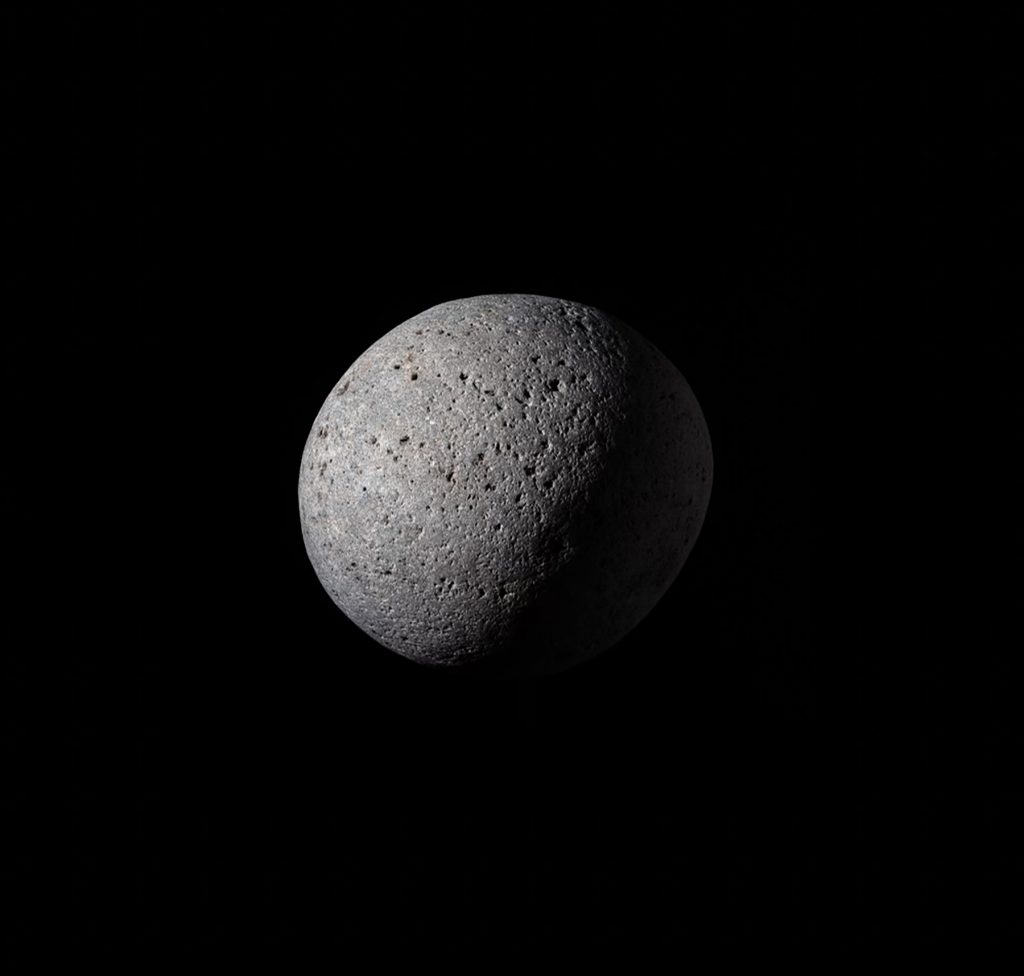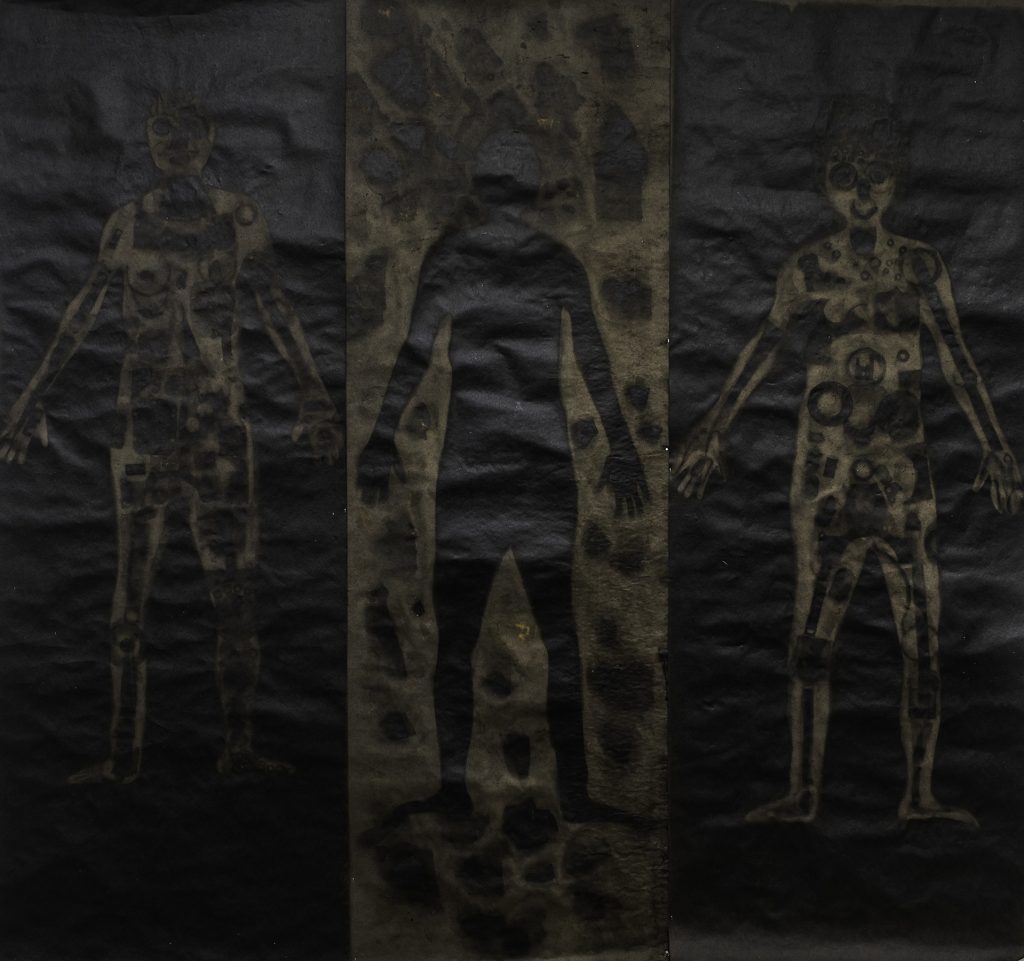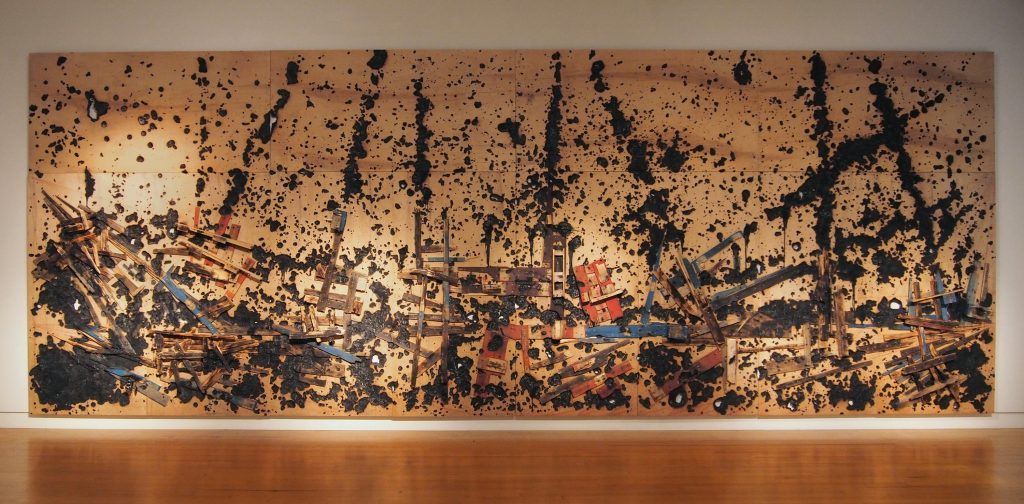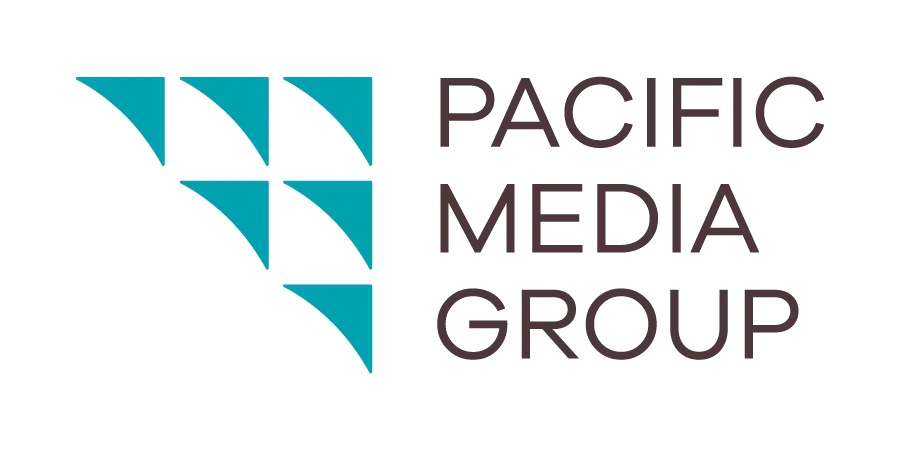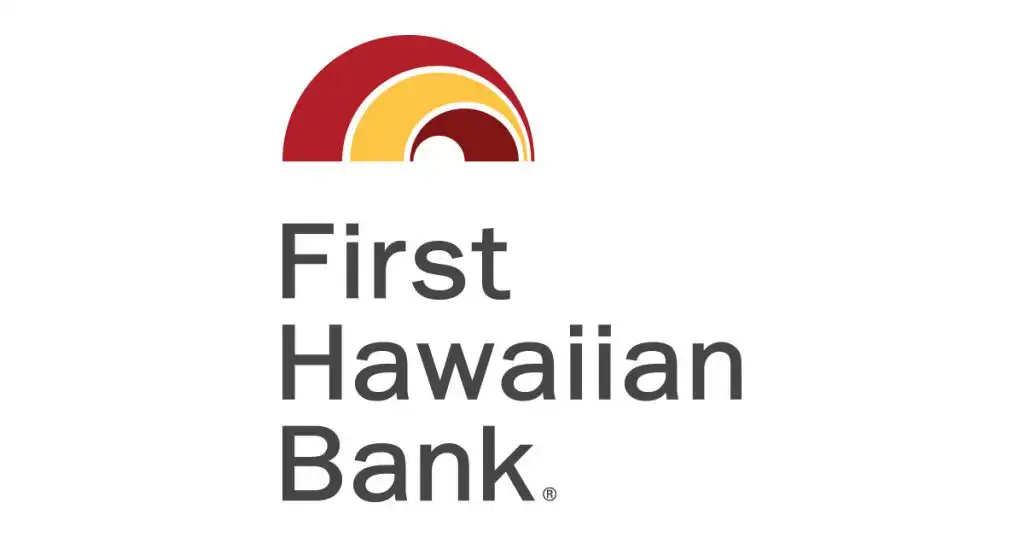New art exhibit on Maui features work by four Hawaiʻi Island artists

Maui Arts & Cultural Center and Schaefer International Gallery present ANIMA: Doorways of Perception, an exhibition featuring new work by a collective of four artists based on Hawai‘i Island.
The exhibit runs from April 11 to June 10, 2023, Tuesdays through Saturdays from 10 a.m. to 4 p.m. Admission is free.
The group, who identify as Consensual Lack of Reality, includes Pier Fichefeux, Stephen Freedman, Andrzej Kramarz, and Daniel Sheinfeld Rodriguez.
Individually and collectively, the group’s experimental processes embrace the raw qualities of simple and unassuming materials, transforming them into innovative works that evoke the human emotional experience while imagining forces beyond the apparent.
The title ANIMA suggests multiple interpretations, whether finding pattern in the undercurrents of nature or looking inward to the unconscious part of the self, but perhaps most importantly, it points to the artist at the intersection of all these things, able to perceive meaning in the meaningless and imbue soul into the inanimate.
“These four artists came to us several years ago with a proposal to do an exhibition showing four unique points of view that integrated together as a collective. With very different mediums, they each have a way of skillfully balancing bold gestures with inventive processes to create work that is impactful and often monumental, yet sensitive and resonant. I’m excited for this to be the first exhibition to open in my time as Gallery Director, to showcase these artists who find sparks of life in some of the most unconventional methods and materials,” said Gallery Director Jonathan Clark, who curated the exhibition.
Pier Fichefeux roots his work in philosophy and cosmology, seeking order in the chaotic forces of nature. Originally from France, his fascination with Hawai‘i’s terrain began when he first visited the volcanic slopes of Mauna Loa, a place so otherworldly that it felt like a mental landscape beyond the realm of humanity. Returning to this location repeatedly, he creates large-scale sun exposures on tar paper using rocks and scavenged metal machinery, letting the natural elements weather and etch the images of these objects into the surface of the material. Through these image exposures and his sculptures, he imagines traces of a civilization that had once thrived, only to collapse and leave behind a barren land littered with rusty parts. His work offers a chance to reflect on our relationship to our surroundings, to nature, to ourselves.
Born in South Africa and raised in Australia and the US, Stephen Freedman launched a successful career in Los Angeles before relocating to Hawai‘i Island nearly three decades ago, where he now maintains a studio and sculpture garden in the rainforest. He sees the vessel as akin to the body: a thin wall separating what lies within from what lies without. Freedman builds his ceramic sculptures by first sculpting vessels that range from several feet tall to less than an inch high, and then breaks, splices, contorts, and reassembles masses of them together with chunks of baked glaze fragments and splatters of drippy pigment. The works take inspiration from 16th century Japanese Iga vases and their characteristic anthropomorphic lug handles, lending them figurative qualities that resemble the walking silhouettes of Zulu women he recalls from his youth.
Andrzej Kramarz is a Polish-American artist, curator, and editor of photography books. Through the intentional interplay of his own photography with found pictures or even discarded photographic materials, he creates conceptual series that explore the function of people, places, and objects in how we revisit the past, extrapolate the future, and invent the present. His varied works in this exhibition include cutouts of old pre-war family albums that contemplate the loss of context and meaning, tarnished negatives that have been scaled up to form abstract compositions, and photographs of objects that have been transformed by the elements or recontextualized into something entirely new.
Nature, technology, architecture, and human emotion are prevalent subjects throughout Daniel
Sheinfeld Rodriguez’s sculptures and site-specific installations. The contrast of cultural experiences between his upbringing in the unstable urban environment of Caracas and his move to a more nature-oriented lifestyle on Hawai‘i Island has left a significant impact in the conception of his work. His works in this exhibition, constructed from sheets of plywood, fractured shipping pallets, and heavy planks of lumber, together embody a personal journey through grief and rebirth. He uses unconventional sculpting techniques and labor-intensive processes (crushing, compressing, fracturing, torching, and burning) to explore the relationship between intangible forces and materiality, where minimal yet powerful interventions imbue these objects with new meanings that serve as an emotional record.





